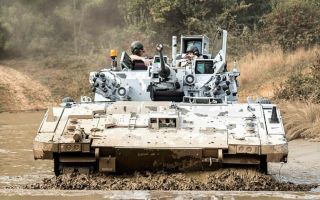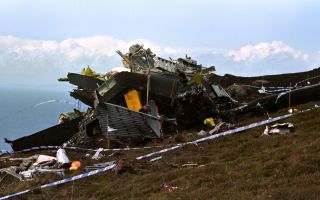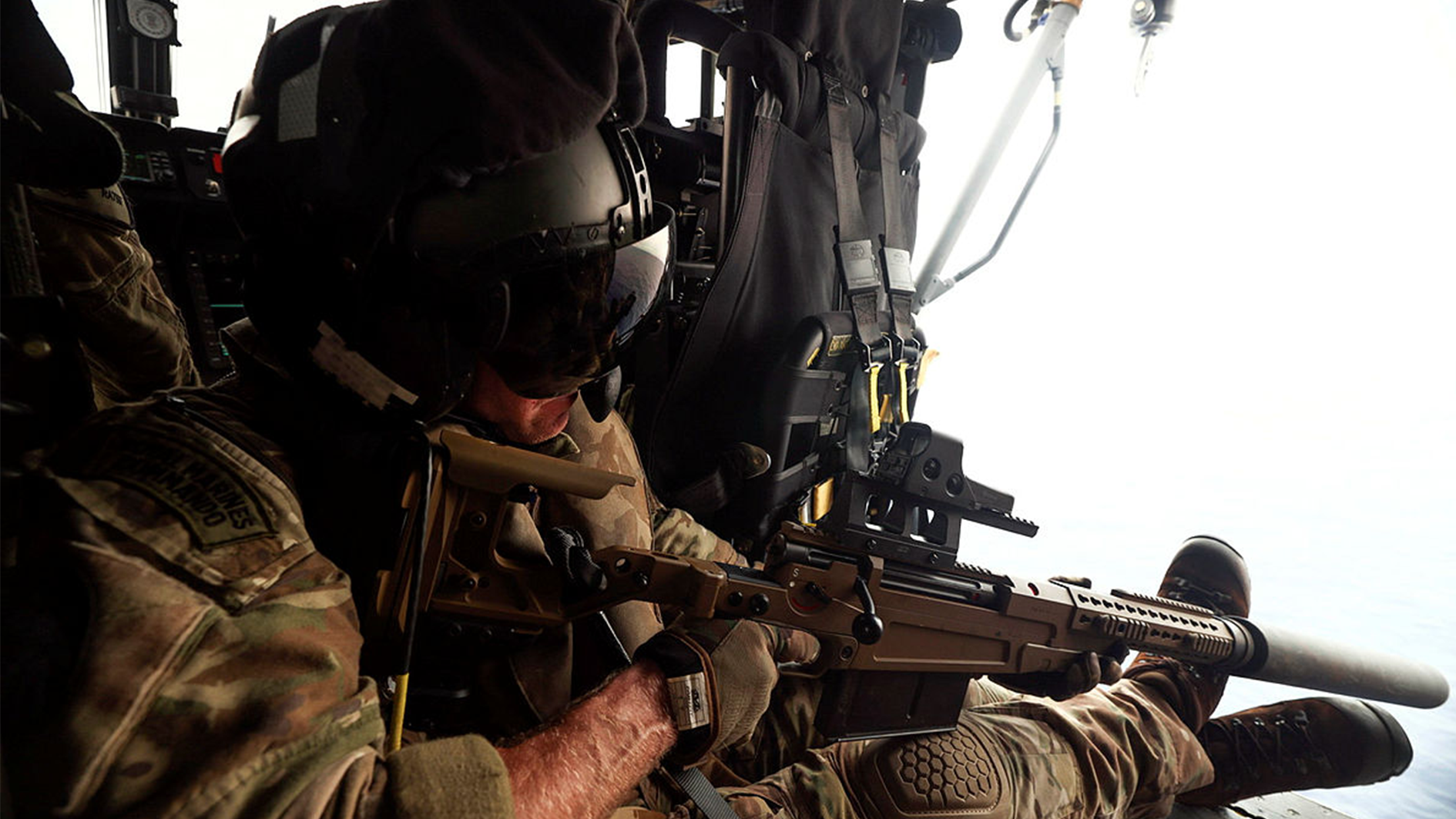
Lima Charlie: What does the UK's Indo-Pacific commitment mean for Armed Forces?

The British Government has released the updated Integrated Review 'refresh' document, designed to provide an update on their national security policy.
Following on from the 2021 Integrated Review, it was intended to provide a fresh look at how the UK should prioritise its defence and security policy in the aftermath of the invasion of Ukraine.
The document does not contain much in the way of surprises, reaffirming the ongoing commitment to Euro-Atlantic security and deterring Russian aggression against Nato.
- Lima Charlie: What challenges will the MOD face in 2023?
- Retiring RAF's Hercules will leave initial capability gap, new air chief says
- Lima Charlie: Does Britain still need a parachute regiment?
The document also confirmed the ongoing importance of the so-called 'Indo-Pacific pivot' which is the means by which UK diplomats, aid, investment and military power will increasingly be committed to this region to help improve influence and economic growth.
What does this commitment mean for the Armed Forces though?
The UK has maintained a relatively small presence in the Indo-Pacific region since the early 1970s.
Prior to this point, there was a much larger force, totalling more than 100,000 personnel and dozens of ships and jets until the mid-1960s, engaged in a variety of campaigns such as 'Confrontation' with Indonesia.
After the decision was taken to withdraw most forces, the British military presence dwindled to a few thousand personnel in Hong Kong and a small garrison in Brunei, supported by occasional military deployments.
After Hong Kong was returned to China in 1997, the UK military presence in the area was negligible and because of the need to save money, a number of embassies and high commissions were closed.
Naval deployments were rare, and the region was seen as a relatively low priority, particularly given the large-scale deployment of troops in Iraq and Afghanistan.
It was only in the 2021 Integrated Review that the UK really seemed to take a renewed interest in the region, committing to increasing diplomatic, trade and military presence over the coming years.
Seen as one of the key parts of the Integrated Review, the 'Indo-Pacific tilt' was intended to herald a much longer-term UK interest in the region in the aftermath of Brexit.
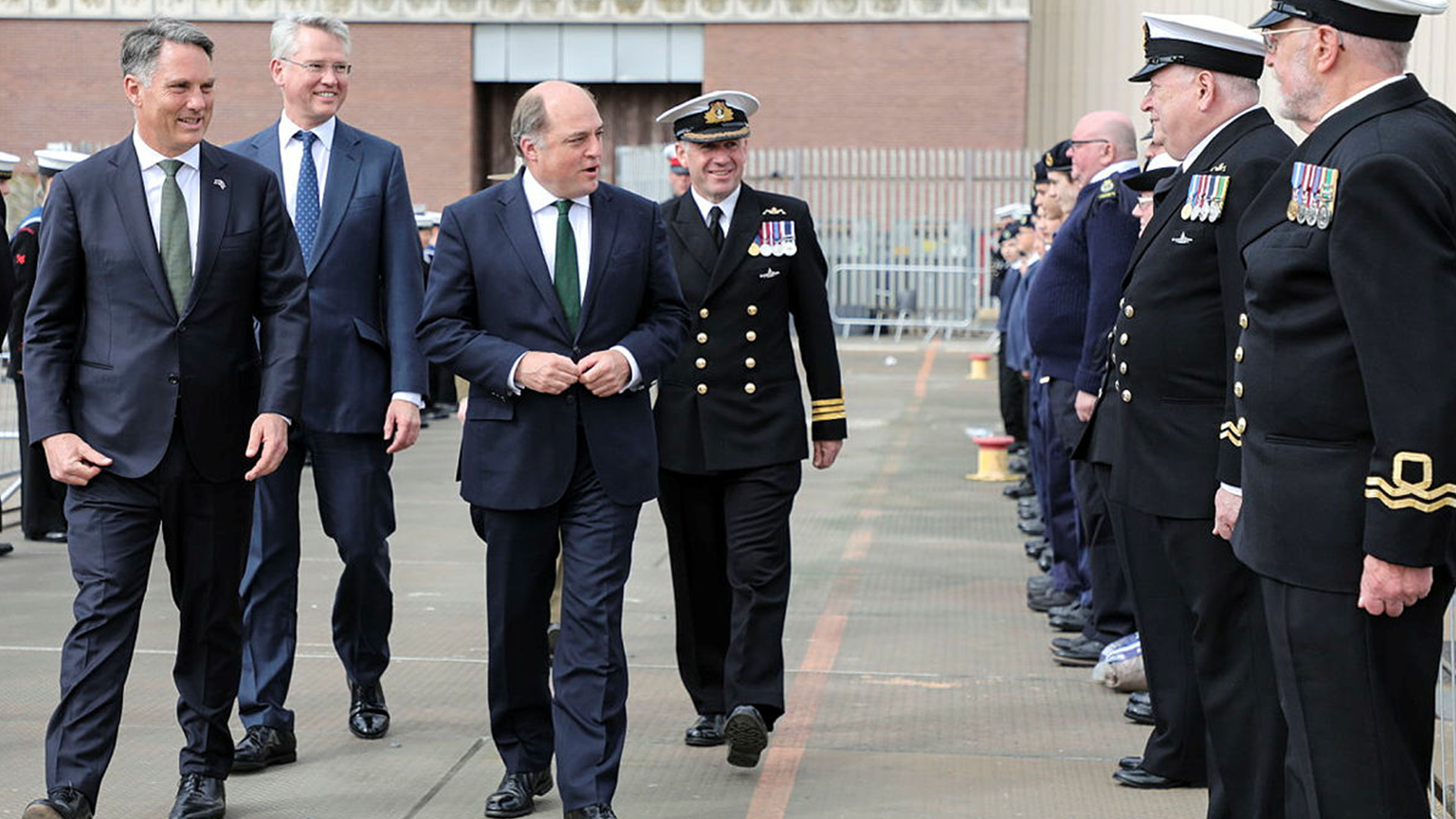
The invasion of Ukraine and the significant deterioration in the international global security situation in the months that followed led to renewed questions as to whether the 'tilt' was the right thing to focus on, or if it would be better to concentrate British resources closer to home.
What was more important – was it supporting Nato in deterring Russia or trying to generate closer relationships in the Pacific?
The answer seems to be that for the foreseeable future, Nato will be the focus of British defence and security policy, but the Pacific remains a strong policy driver and focus for security planners.
In the aftermath of the Integrated Review then, what does Britain's presence and commitments in the Indo-Pacific region look like?
The main security agreement binding the UK into the region is the Aukus treaty, signed in 2021 as a way of bringing the UK, Australia, and the US into a significantly closer security relationship.
The rise of China as a challenging global power poses a risk to the established security of the region, with tensions rising over conflict for resources and influence among regional nations.
Australia was concerned about how to proactively deter China, while the US remains concerned about the rise of Chinese power and influence and countering it with credible military capability.
The result of the Aukus treaty is an agreement that the Royal Australian Navy will acquire and operate nuclear attack submarines able to monitor and track Chinese naval forces across the Pacific.
For the UK, Aukus was an opportunity to take the already-strong defence relationship to a deeper level and focus on both the industrial opportunities posed by collaboration over nuclear submarines and longer research goals like hypersonic missiles and quantum computing.
The sheer scale of likely collaboration and opportunity on offer means that Aukus will almost certainly be the future focus for UK defence and security commitments in the region.
Aukus matters because it reaffirms to key allies, particularly the US, the UK's ongoing willingness to commit meaningful military forces to the region and use its diplomatic network and clout to help counter China.
As a permanent member of the UN Security Council and with a wide-ranging network of diplomatic and commonwealth relationships across the region (and several nations who also share King Charles III as their head of state) the UK's ability to exert influence is more than some might expect.
This means the UK can play a significant role in helping to build international coalitions and co-ordinate diplomatic efforts to counter Chinese activity.
This is a real threat, with concerns being raised about the rise in Chinese ownership of critical infrastructure like ports and subsea cables in smaller Pacific Island states and the pressure on fishery and other environmental resources.
For the USA, keen to build wider partnerships in the region, the UK's presence is a helpful sign that it isn't just America concerned about the rise of China.
The other major international defence commitment that the UK has in the region is the Five Powers Defence Agreement (FPDA) formed in 1971 in the aftermath of the British military withdrawal.
Comprising the UK, Australia, New Zealand, Singapore and Malaysia, it is a relatively informal grouping intended, in the event of a threat to the member states, to consult on security responses.
Although relatively low key, the organisation has survived more than 50 years and continues to conduct joint exercises and training among its member states.
This ranges from air defence exercises to combined maritime operations, helping build common understanding and improved ability of members' armed forces to work together.
The FPDA remains a valued part of UK security commitments in the region and continues to see troops, aircraft and ships sent to participate in exercises on a regular basis.
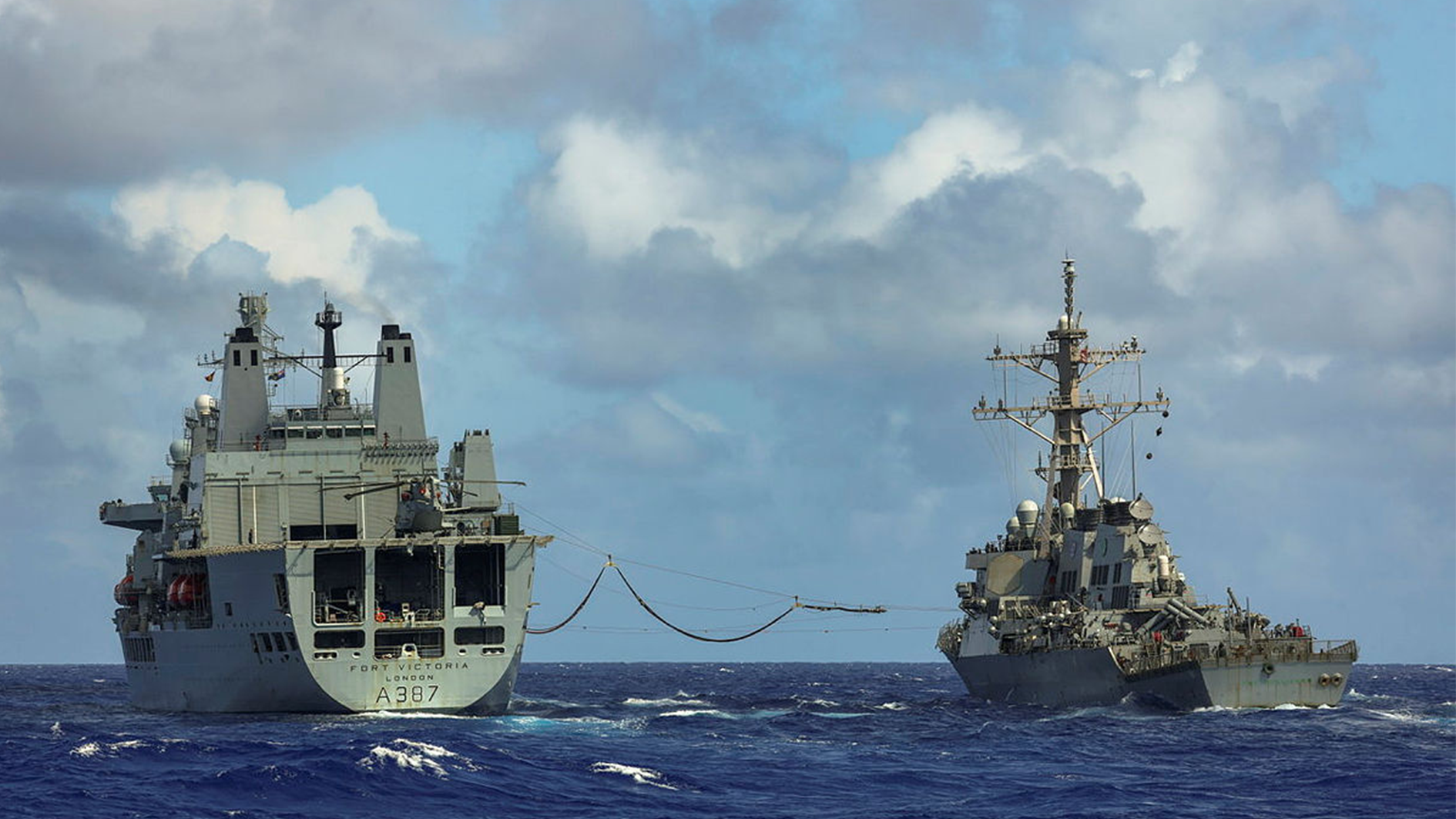
Finally, the Defence Attaché network covers the range of posts in embassies and high commissions around the region and the wider exchange and loan service posts that help represent British defence interests.
This network is likely to be expanded over time, helping make it easier to organise joint exercises, boost potential for defence exports and co-operation and help improve bilateral defence relations.
These posts are vital in helping support UK defence links, even if they are often singleton roles, and play a crucial part in supporting wider national strategic interests – for example attending staff talks, monitoring defence activity in the country and spotting strategic trends that could be of relevance for intelligence reports.
Looking out over the next five to 10 years and the plans for the UK presence are exciting and indicate expansion is on the cards.
Right now there is unlikely to be any significant additional Army or RAF presence on a permanent basis, but there is likely to be increased exercise presence – for example, more work with Japan and Korea and potentially beyond.
The real growth area will be for the Royal Navy.
While nothing has been formally announced, it seems likely that the UK will deploy a permanent Royal Marine presence out to the region operating off RFA Argus in her new role as a littoral strike vessel, able to embark and support helicopters and troops in military operations.
The Type 31 frigates will almost certainly operate in the region too, and it seems likely that at least one or two will be permanently based in the region, supported by the River class to provide a significant permanent Royal Navy presence.
This permanent presence will almost certainly be supported by regular deployments by carriers and amphibious assault ships into the region, with a further Indo-Pacific Carrier Strike Group deployment likely in 2024.
The final part of the expansion is the plans, under Aukus, to increase visits by Royal Navy nuclear attack submarines to Australia.
This will help the Royal Australian Navy increase its understanding of how to support, maintain and operate nuclear submarines as it prepares to introduce its own force into service over the next 10 years.
This means there is likely to be a near permanently deployed SSN in the region supporting Australian efforts and helping work with the US Navy too on a variety of complex missions.
This means that by the mid-2020s the Royal Navy will have ships permanently based both in the Gulf (built around a Type 23 frigate and mine warfare assets) and also the Indo-Pacific, built around two Type 31s, a Littoral Strike Ship and two River class.
This very capable force, reinforced by regular strike carrier deployments will be central to British defence activity east of the Suez Canal as well as a regular presence with a nuclear submarine.
The benefits of this build-up are significant – firstly it helps give the UK presence and an ability to work with allies to maintain the international rules-based system.
Given Chinese efforts to undermine it and threaten other nations, as well as put pressure on Taiwan, the UK presence serves to support democratic like-minded nations.
This can range from joint exercises through to freedom of navigation operations in the South China Sea, helping affirm the importance of maritime law, even when the Chinese oppose it.
In addition, the more the UK operates in the region and builds close links, the more likely it is to expand opportunities for industrial collaboration.
For example, the RAF is now jointly working with Japan (and Italy) to develop the next generation of fighter jet, a significant achievement that was only possible by building strong links over time, while the Royal Navy and Australian Navy will jointly design, build and operate the next generation of nuclear attack submarines.
This hugely significant deal marks the first time that two nations have collaborated to build an SSN (nuclear-powered general-purpose attack submarine) and will generate very significant economic and jobs benefits for UK industry, particularly shipbuilding in Barrow-in-Furness.
This move will generate thousands of highly skilled jobs for many years to come. It’s a good example of how working together abroad can help bring real economic benefits at home.
Finally, the increased presence helps improve the UK’s wider bilateral relationships.
The US, for example, will be pleased to see its closest like-minded ally being prepared to deploy and operate in the region.
The ability of the Royal Navy aircraft carriers to embark and operate USMC F-35s is particularly valued, and the enhanced RN presence, particularly with SSNs, will be seen as crucial in helping support US Navy operations across the region.
Meanwhile, European partners will be able to use the Carrier Strike Group deployments as a means of sending their own ships into the region as part of an integrated task group – such as the Netherlands did on Op FORTIS. The result is improved interoperability and strengthened defence relationships.
Overall then, the UK pivot to the Indo-Pacific remains of significant national importance – it will see a growth in the Royal Navy presence in the region while improving defence relationships and helping generate opportunities to not only meet wider strategic goals but also increase economic co-operation.
It may be a long way from home, but the benefits of the pivot will be felt across the UK and beyond.
This article is the latest contribution in our Lima Charlie columnist section.
This is part of a series featuring unattributed contributions from experts and insiders providing opinion, insight and analysis on today's Armed Forces, the wider politics of the military and observations on military life.
Under the pseudonym Lima Charlie, our contributors aim to explore the issues facing the military and their comment remains unattributed to allow our writers to present their analysis candidly and under one editorial voice.


